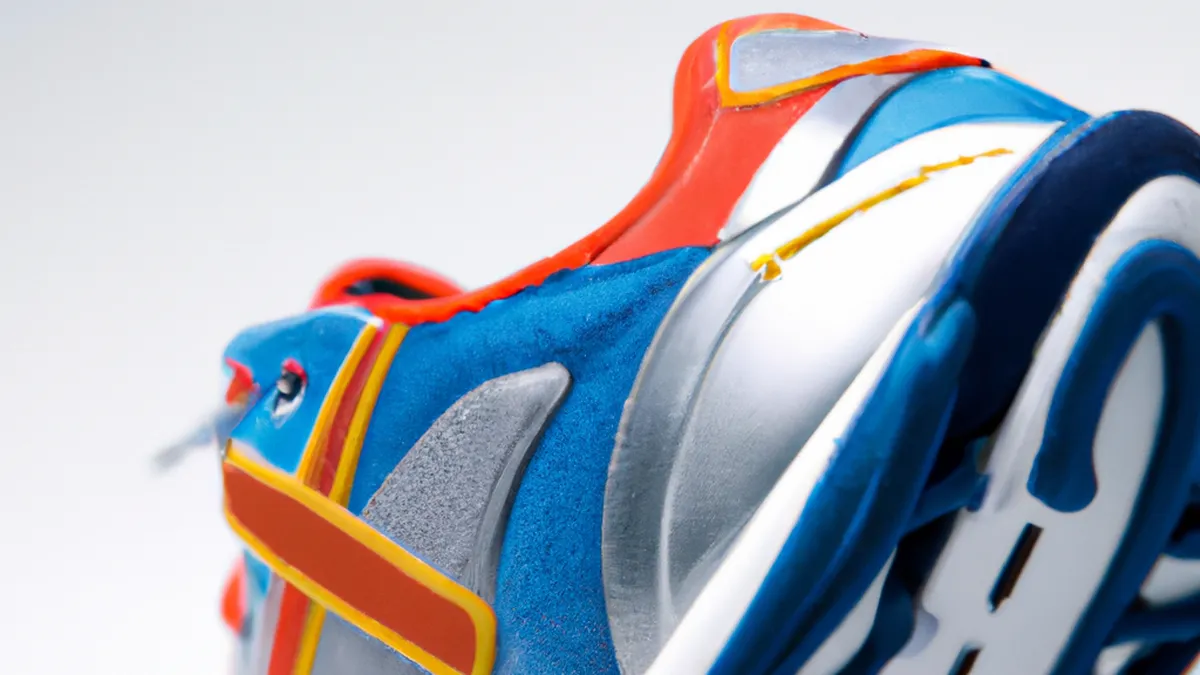Decoding Running Shoes for Your Unique Style
How to Choose Running Shoes Based on Your Running Style
Choosing the right running shoes enhances performance and prevents injuries. Many options exist, so understanding your running style is crucial. Evaluate your foot type, gait, and surfaces to make an informed decision. This guide explores selecting the perfect running shoes for your needs.
Know Your Foot Type
Understanding your foot type is essential for selecting running shoes. The three main types are neutral, flat, and high-arched. Each type requires specific shoe features for optimal performance.
Neutral Feet
Neutral feet have balanced arches and distribute weight evenly. This foot type allows for a natural gait, making running comfortable. Look for shoes with moderate cushioning and support. Neutral running shoes have flexible soles and lightweight designs to maintain natural motion.
Flat Feet
Flat-footed runners often overpronate, rolling inward excessively. This overpronation can lead to injuries like shin splints and knee pain. Seek shoes with stability features, such as motion control systems. These shoes have firmer midsoles and added arch support to stabilize your foot.
High-Arched Feet
Runners with high arches often underpronate, meaning their feet don’t roll inward enough. This reduces shock absorption and increases injury risk. If your shoes wear down on outer edges, you might be an underpronator. Choose shoes with extra cushioning and flexible soles for natural foot movement.
Analyze Your Gait
Your gait describes how your foot strikes the ground. It plays a vital role in determining the right shoe. Consider visiting a specialty running store for a gait analysis or observe your running style.
Overpronation
If you overpronate, your foot rolls inward excessively. This can lead to various injuries due to added stress. Look for stability or motion control shoes for extra support. These shoes feature firmer materials on the inner side to prevent excessive rolling.
Underpronation
Underpronators typically face a higher injury risk due to insufficient shock absorption. If your shoes wear down quickly, you might be an underpronator. Choose shoes with ample cushioning to enhance shock absorption.
Conclusion
Selecting the right running shoes based on foot type and gait ensures comfort and reduces injury risk. Make informed choices for a better running experience.
Below are related products based on this post:
FAQ
What is the importance of knowing my foot type when choosing running shoes?
Understanding your foot type is crucial because it determines the features your running shoes need for optimal performance. There are three main types: neutral, flat, and high-arched. Each type requires specific shoe characteristics to provide the right support, cushioning, and stability, which can enhance comfort and reduce the risk of injuries while running.
How can I analyze my gait to find the right running shoes?
Your gait refers to how your foot strikes the ground and is essential in selecting the right shoes. You can analyze your gait by visiting a specialty running store for a professional gait analysis or by observing your running style. Understanding whether you overpronate or underpronate will help you choose shoes that offer the necessary support and cushioning to mitigate injury risks.
What should I look for in shoes if I have flat feet?
If you have flat feet, it’s important to look for shoes with stability features like motion control systems. These shoes typically have firmer midsoles and additional arch support to help stabilize your foot and prevent excessive inward rolling, which is common in flat-footed runners. This will help reduce the risk of injuries such as shin splints and knee pain.















Post Comment